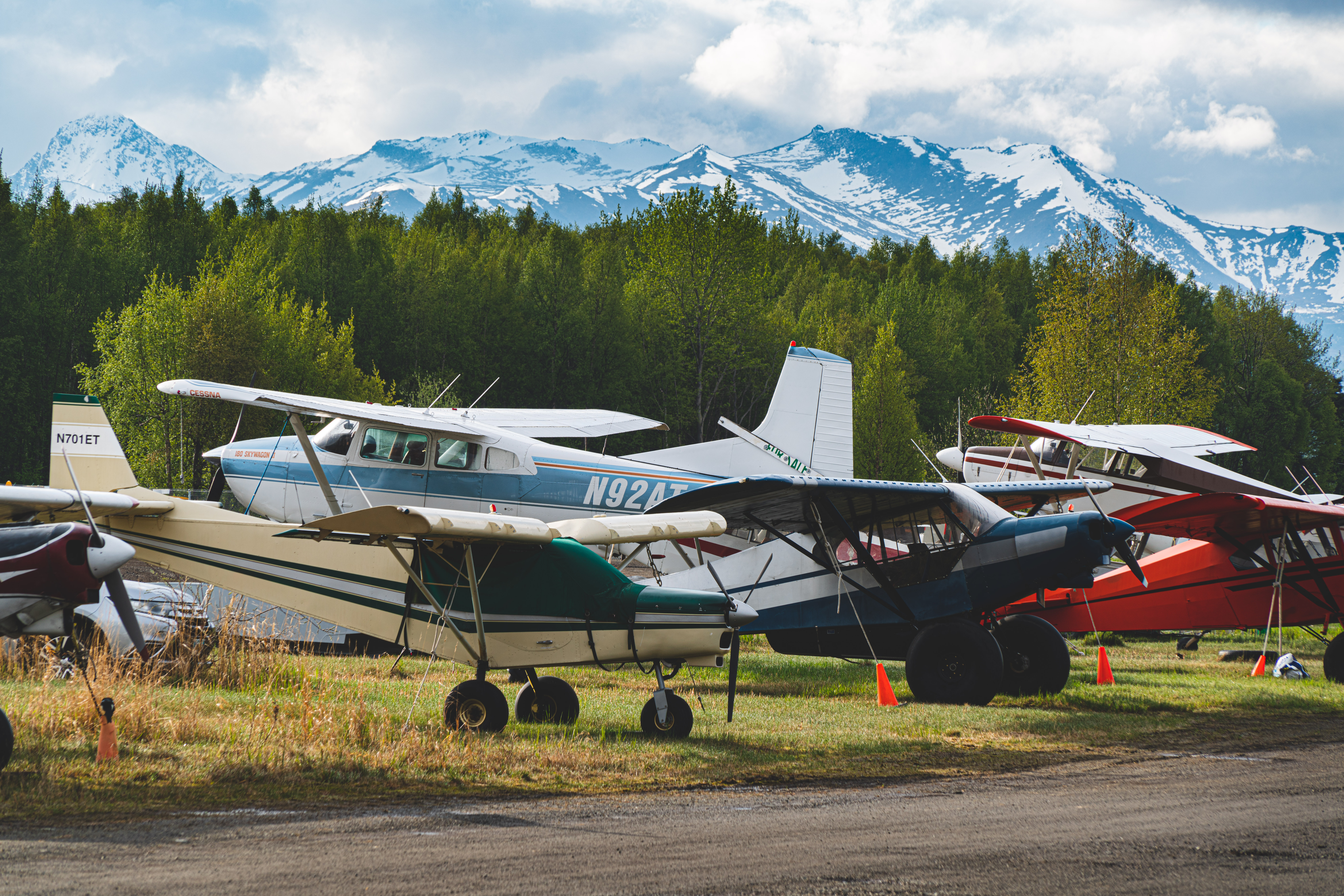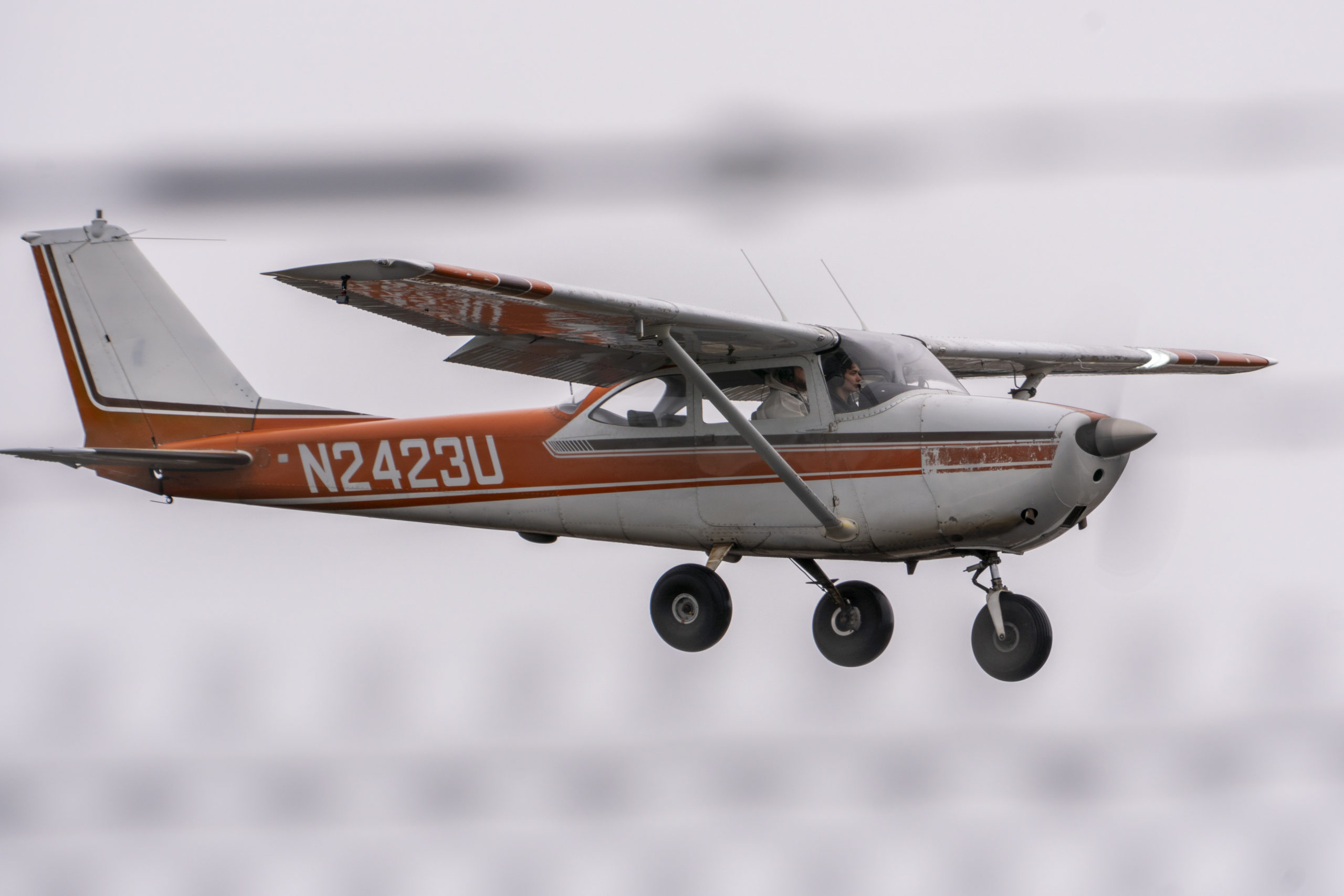
The empennage of an aircraft, also known as the tail section, is a critical part of an airplane’s design. It consists of horizontal and vertical stabilizers, which are the fixed surfaces at the rear of the aircraft. Then the movable control surfaces, such as the elevator and rudder, are attached to the stabilizers. The empennage plays a crucial role in an aircraft’s stability and control and its aerodynamic performance.
Differences between Horizontal and Vertical Stabilizers
The primary function of the empennage is to provide stability and control in flight. The horizontal stabilizer, which is usually located at the tail of the aircraft, provides stability in pitch. The elevator is attached to the trailing edge of the horizontal stabilizer. The elevator can be moved up or down to control the pitch of the aircraft. When the elevator is raised, the nose of the aircraft points up, causing the aircraft to climb. When the elevator is lowered, the nose of the aircraft points down, causing the aircraft to descend.
The vertical stabilizer, usually located at the aircraft’s tail and perpendicular to the horizontal stabilizer, provides stability in yaw. The rudder, which is attached to the trailing edge of the vertical stabilizer, can be moved left or right to control the yaw of the aircraft. When the rudder is deflected to the left, the tail of the aircraft moves to the left, causing the aircraft to turn left. When the rudder is deflected to the right, the tail of the aircraft moves to the right, causing the aircraft to turn right.
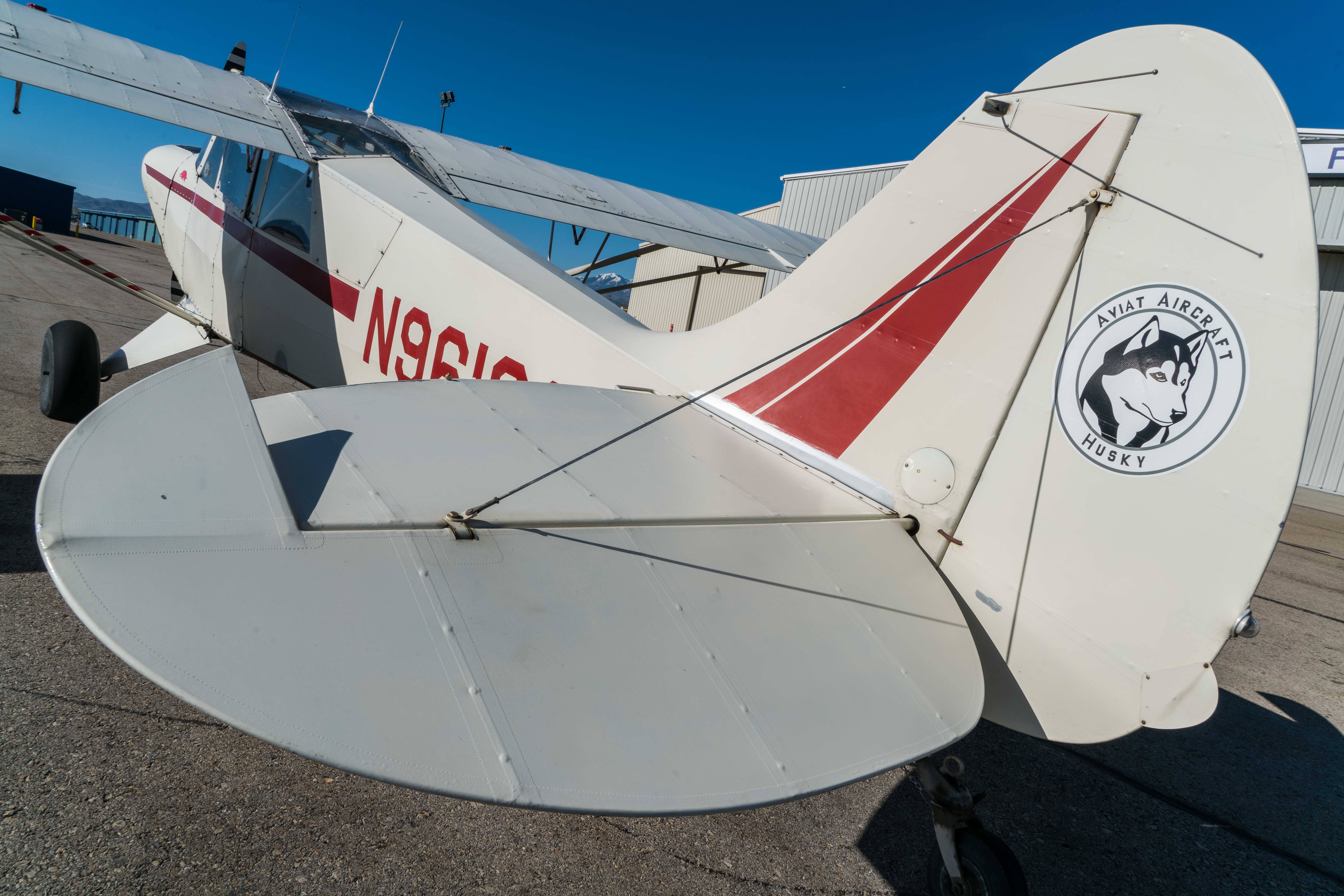
Aerodynamic Control
In addition to providing stability and control, the empennage also plays an important role in an aircraft’s aerodynamic performance. The shape and size of the empennage can have a significant impact on the aircraft’s drag, lift, and maneuverability. For example, a larger vertical stabilizer can provide more stability in yaw. That same larger vertical stabilizer can also increase drag, reducing the aircraft’s speed and fuel efficiency. A smaller vertical stabilizer can reduce drag but may compromise the aircraft’s stability.
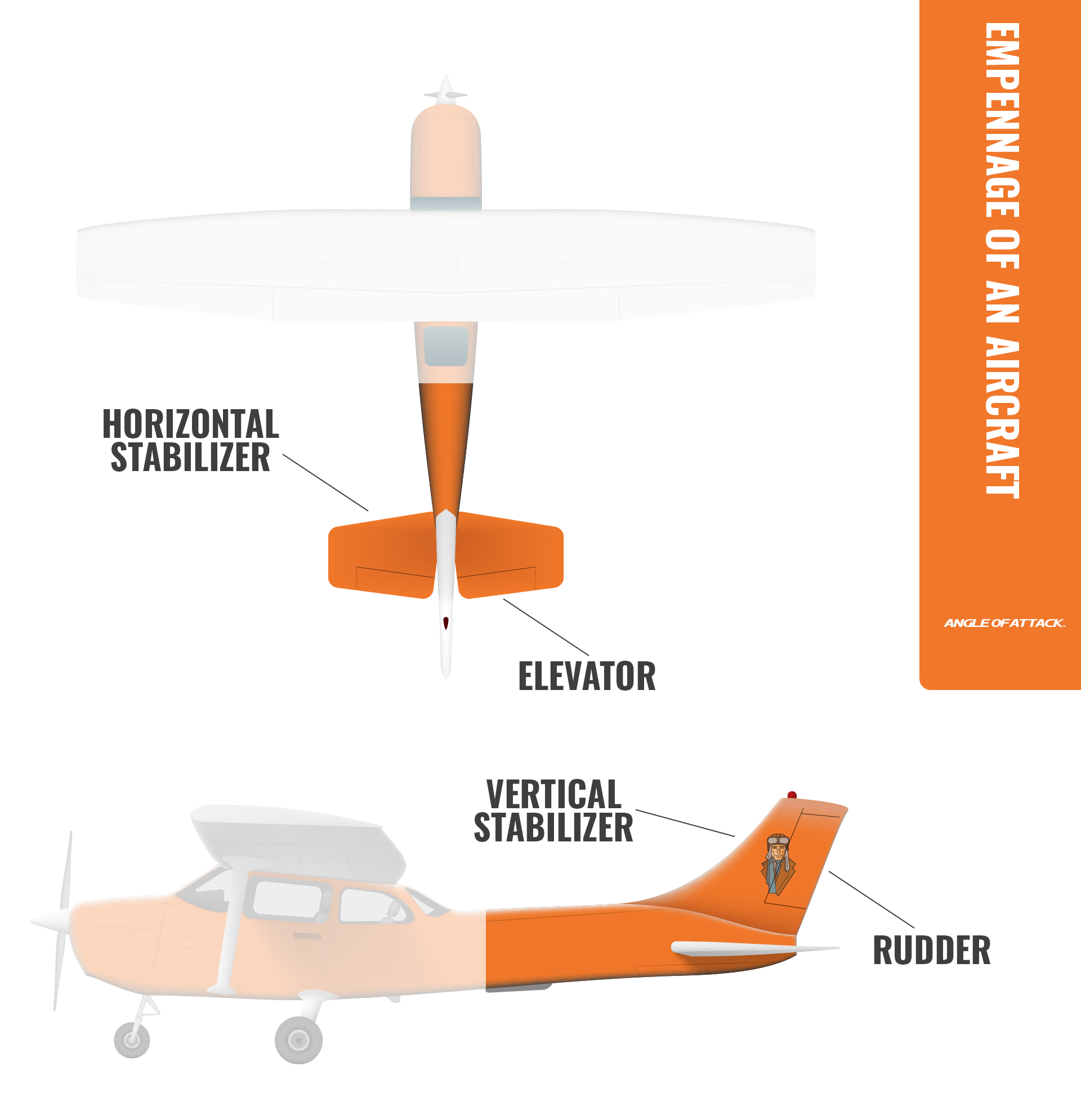
Designed for Maneuverability
The design of the empennage can also affect an aircraft’s maneuverability. For example, a swept-back horizontal stabilizer can improve an aircraft’s roll response, making it easier to perform tight turns. A high-mounted horizontal stabilizer can improve an aircraft’s pitch stability, making it easier to maintain a steady altitude. A T-tail configuration, in which the horizontal stabilizer is mounted on top of the vertical stabilizer, can provide better performance at high speeds and at high angles of attack. Conversely, it can also be more complex and expensive to build.
The empennage of an aircraft is also subject to various forces and stresses during flight, including aerodynamic, structural, and mechanical forces. These forces can cause fatigue and wear over time, which can lead to structural damage and potential safety issues. To prevent these problems, the empennage and its components are carefully designed and tested to ensure they can withstand the expected loads and stresses of flight.
Other Empanage Purposes
In addition to its primary functions of stability, control, and aerodynamics, the empennage can also serve other purposes. For example, the vertical stabilizer can be used to mount antennas and other equipment. While the horizontal stabilizer can be used to mount engines or other payloads. The empennage can also be used to house fuel tanks or other systems, depending on the specific needs of the aircraft.
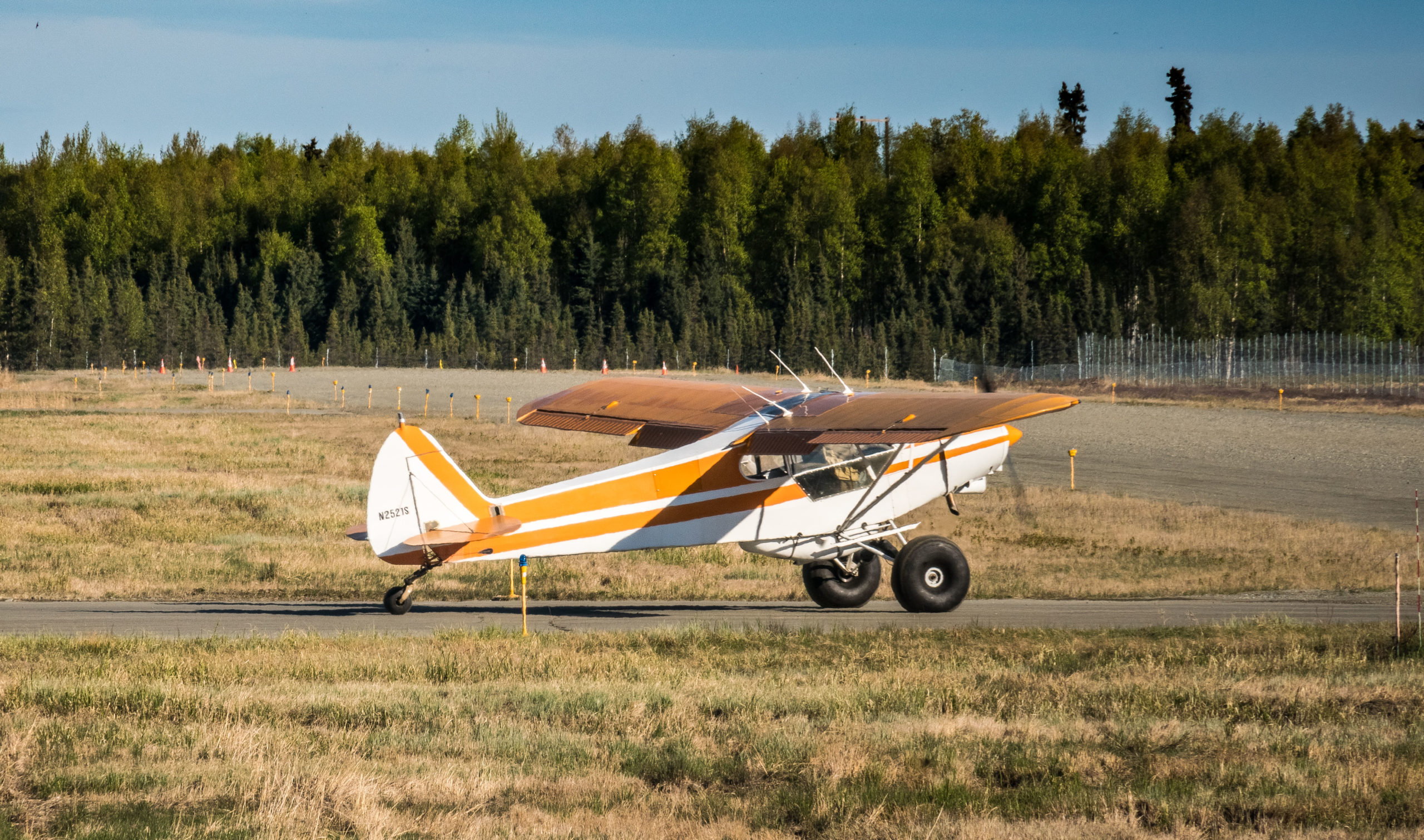 The empennage of an aircraft is a critical component of its design, providing stability, control, and aerodynamic performance. Its design and configuration can have a significant impact on an aircraft’s maneuverability, speed, and fuel efficiency. To ensure safety and reliability, the empennage and its components are carefully designed and tested to withstand the stresses and forces of flight. If you would like to learn more about empennages and their functions reach out to anyone at Angle of Attack for questions.
The empennage of an aircraft is a critical component of its design, providing stability, control, and aerodynamic performance. Its design and configuration can have a significant impact on an aircraft’s maneuverability, speed, and fuel efficiency. To ensure safety and reliability, the empennage and its components are carefully designed and tested to withstand the stresses and forces of flight. If you would like to learn more about empennages and their functions reach out to anyone at Angle of Attack for questions.
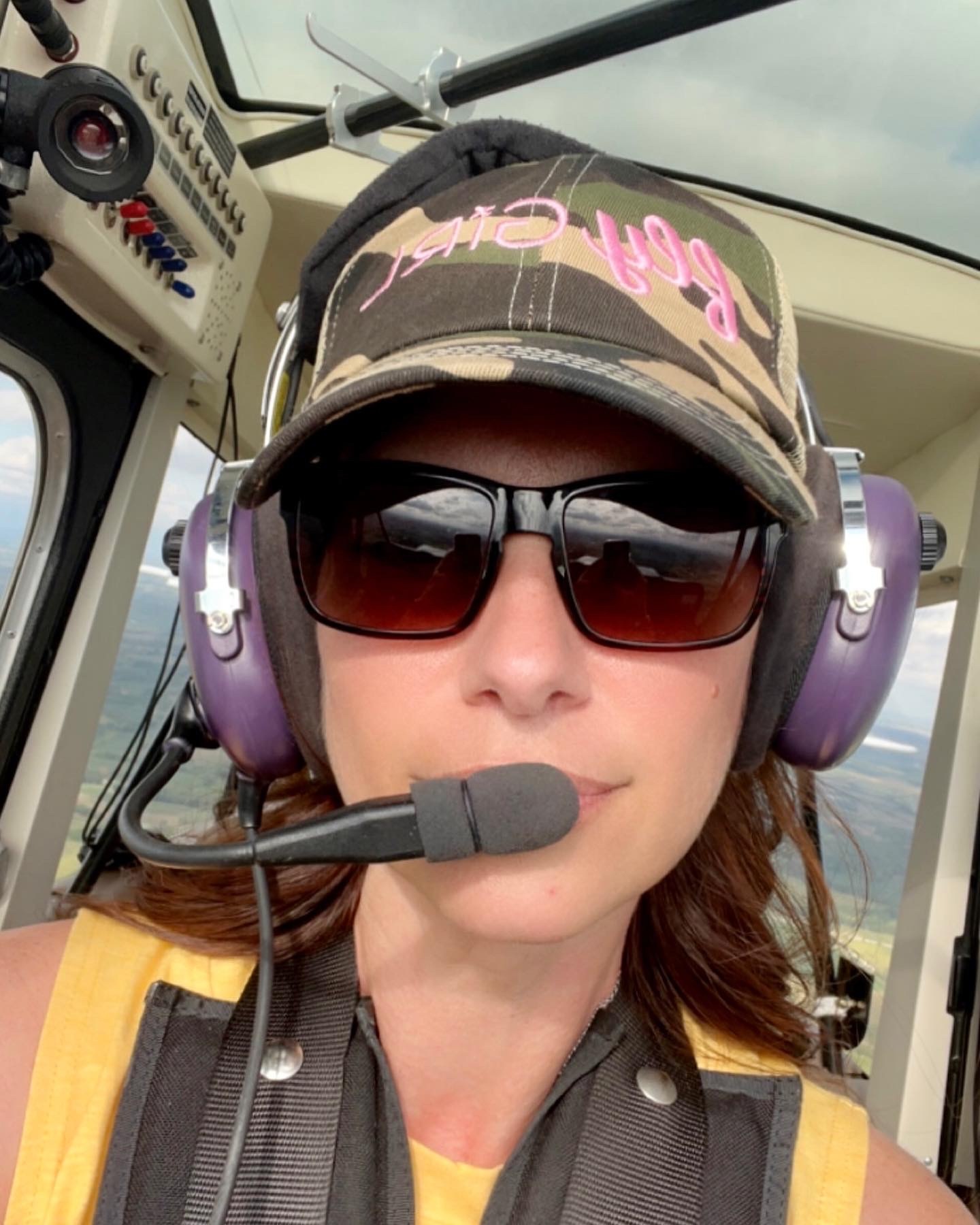
Karey grew up and obtained her in private pilot’s license in Central Iowa. She fell in love with tailwheel aircraft during her primary training and obtained a tailwheel endorsement the week following her private pilot checkride. She is eager to obtain her seaplane rating and is merging her passion for flying with her prior work career. Karey has a background in marketing, editing, and web design after graduating from Simpson College. When she is not flying or working, Karey enjoys anything related to technology and admits she can be a bit of a nerd. She also has discovered a love for virtually all outdoor pursuits, with a special fondness for climbing, shooting, and hiking.

Stay Connected
Be the very first to get notified when we publish new flying videos, free lessons, and special offers on our courses.



